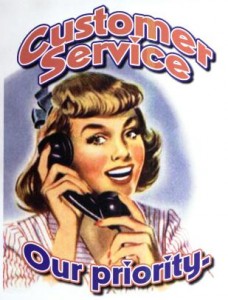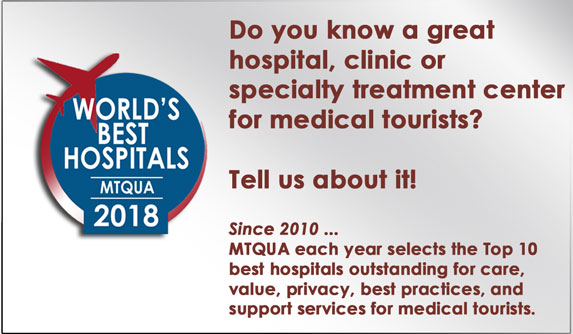 “Our people are our greatest asset.”
“Our people are our greatest asset.”
Organizing your hospital around meaningful customer service is a two-stage process. It is more than creating a customer service department and staffing it with pleasant, smart people working in the hospital.
It is about providing the tools customer service staff need to get the job done. It is also about giving staff the support that helps them take the extra time and make the extra commitment that will make your customer service – or patient service – operation an excellent one.
Yes, part of customer service is having employees greet patients with a friendly smile and be willing to get a job done effectively even if it takes a little more effort.
Human capital is an individual asset
But hospital administrators need to understand that people themselves are not the asset. People are their own assets, and together produce human capital which is an intangible quality that is not owned by the hospital.
“The question human resource managers should be asking is ‘How can I get people to invest more of their own human capital in their jobs here in this organization?” says Tom Davenport, author of Human Capital: What It Is and Why People Invest It, and the coauthor of Manager Redefined: the Competitive Advantage in the Middle of Your Organization.
From good customer service to great customer service
If employees like their jobs, if they like their bosses, if they are engaged in their work, if they are properly compensated, if their concerns are addressed, if they are treated respectfully, if there are opportunities for development, then they will invest more of their time, talents, and commitment – their capital – in your hospital. If not, they’ll leave, or dial back their efforts.
Difficult as this may be for hospitals that are uncomfortable with providing a more democratic management style, getting staff members to fully commit to the sort of customer service that these hospitals are proclaiming requires a looser, less hierarchical managerial environment.
Dynamic relationships
“An effective 21st-century manager manages the environment for success more than the people,” Davenport says. “A good supervisor has to have some empathy, and the resources to do something about it. I have to connect you with other parts of the organization to help you do your job.”
This creates a more dynamic relationship between managers and line personnel that allows supervisors to provide support and guidance to their employees in these customer-oriented times of more fluid relationships between patients and nurses, between patients and doctors, and between doctors and nurses.
Supportive work environment
For this to happen, senior management must allow immediate supervisors sufficient time and support to create the effective work environment. As supervisors spend more time creating and nurturing the environment, senior management will likely notice less production from managers.
Fortunately, organizational attitudes are evolving. Executives across the business spectrum are starting to understand the importance of “nurturing” supervisors to workforce retention and productivity.
Just like today’s better informed and more demanding patients that hospitals want to pamper with customer service, employees too are better educated, more sophisticated, and more demanding of their work experience. “They won’t tolerate micro-managers or leadership abuse or favoritism or all the stuff our parents’ generation had to put up with in the corporate world,” Davenport says. “Organizations will have to respond.”
You may also want to read:
6 Ways to Get Terrific Testimonials from Medical Tourists
Hospital Customer Service Doesn’t Guarantee Satisfaction
Implementing a Customer Service Strategy in a Hospital
Game Changing Customer Service for Hospitals

 >
>